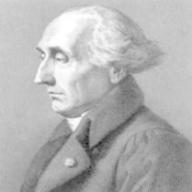A. to allow the normal reaction to exert a moment about the centre of mass of the motorcyclist.
B. to increase the frictional force between the motorcycle and the road.
C. to lower his centre of mass.
D. to provide the centripetal force.
The answer is option A.
My question is: why is the option D not correct?
If the motorcyclist does not lean over at certain angle, NO centripetal force will exist. Also, the reason for allowing the normal reaction to exert a moment about the centre of mass of the motorcyclist is to provide a centripetal force.
更新1:
天同: I didn't mean that. I just wondered if the motorcyclist does not lean inwards, why the friction force will exist at first and how he could make use of the leaning over to balance the non-exist friction force.
更新2:
But now I know that the motor could turn slightly the front part of the whole body to turn round a corner without leaning over and therefore a frictional force could exist first.

